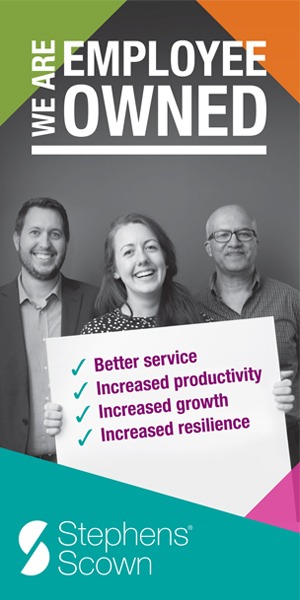
Why Remote Working Is Becoming More Productive
It’s safe to say that the first quarter of the 21st century has been more than eventful, with the COVID pandemic being just one of the game-changers we’ve experienced so far. Another one is undoubtedly remote work, which was sporadically present even before the pandemic but truly became a global phenomenon through the course of it. Whereas even before the pandemic, half of the companies in the U.S. allowed their employees to opt for remote work, as shown in the results of a study by Condeco, the pandemic really put remote work into full swing. This number is now significantly higher, with a tendency to rise, as a survey by Gartner, Inc. CFO suggests. However, there still are concerns to be addressed when it comes to remote work, primarily those related to productivity and efficiency.
The illusion of control
Before we disabuse anyone of the false notion that remote work is inherently a bad thing, let’s list the reported negatives. Most business owners expressed doubts when it comes to productivity and efficiency. They reported they feared their employees were slacking off at home and that the quality of their work was diminished. This might have been true at the start of the pandemic, but it’s important to be aware that working from home and total lockdown are two entirely different things. Luckily, a study by Stanford should be enough to put the mind of any boss at ease. Other concerns had to do with loyalty, creativity, and company culture, all things which are sure to be found wanting if the employer does not at least provide to option of remote work.
Work smart, not at the office
Besides a reportedly healthier work-life balance, increased productivity, and a lot of money saved on commuting for the employees, remote work also has some benefits for the firm, mainly, decreased expenses for the resources normally used at the office and an increase in attractiveness to potential candidates, as well as cutting down on their employees’ carbon footprint. Let’s cover them in more detail. As remote work is on the rise, employers are going to have to adapt their direct sourcing strategy in order to stay competitive. Fewer and fewer candidates are willing to apply to positions that do not offer a hybrid or remote option, and companies not willing to adapt will most likely be left in the dust, as it seems that the difference in benefits cannot be compensated by a difference in salary. The good news is that the change we are all adapting to is a good one. Without wasting money, time, and energy on commuting, remote workers can focus on doing their job and doing it right. This is proven by a significant rise in not just productivity but the number of hours spend at work. This means that employees are not only more efficient but also work more, all while working on their own schedule, combining work and play for maximum effect. This increases their overall satisfaction and ensures they stay loyal to the company providing them with such obvious benefits. Their increased life satisfaction will, in turn, make them more creative and put them into a state of flow. Turns out we really can have a cake and eat it.
Still having problems?
Whether you’re a business owner looking to motivate their employees, or a remote worker still facing some challenges related to remote work, there are things that can be done to maximize the benefits. Here are a few tips anyone working remotely could find useful.
- Organize your workspace: If you’re having trouble focusing or are finding it hard to get those creative juices flowing, creating a special place that you can call your office at home is going to be helpful. Whether it’s a separate room or just a working desk, your brain is going to associate that place with work and will work with you if you’re trying to get the job done. Try staying away from distractors, and setting your phone aside.
- Work-play-work: Applicable everywhere but especially in your office at home, the “Pomodoro method” is going to do wonders for your productivity. It consists of four sequential work (25 minutes) periods and breaks (5 minutes), followed by a longer break. But be sure to pick one task to focus on.
- Have the tools of the trade: What every employee needs at the office, they are going to need at home as well, which is why they must be provided with adequate equipment and tools to do their job. Whether it’s a tablet, a laptop, a subscription-based software or a secure internet connection, the company can only receive if it gives first.













